The South African wheeled tank
In March 1943, the last wartime variant of the Marmon-Herrington series was introduced. It was completely redesigned and rapidly entered production. A real improvement over previous designs, it introduced a larger turret armed with a two-pounder gun (40 mm/1.575 in). This put its firepower on par with most British early war designs, and was more than adequate to face enemy reconnaissance vehicles. This was also the version with the most prolonged active service, soldiering until the 1980s in many countries. A testimony to its reliability, ruggedness of design and construction.Design specifics
The Mark IV had a monocoque steel hull, 12 mm (0.47 in) thick at the front and 6 mm (0.24 in) elsewhere. The engine was rear mounted and the turret sported a 2-pounder gun (40 mm/1.575 in), with a coaxial 0.3 in (7.62 mm) Browning machine gun. The driver was located in the narrow front compartment, and had a bulletproof window, protected by a large armored shutter with a single sight slit. The sides also had similar large windows with shutters. This provided the driver with excellent peripheral vision. Both the front and the rear sections were much narrower than the centre. Tooling straps were installed on the right-side slope. Two sand ramps were attached to the chassis and formed an open storage.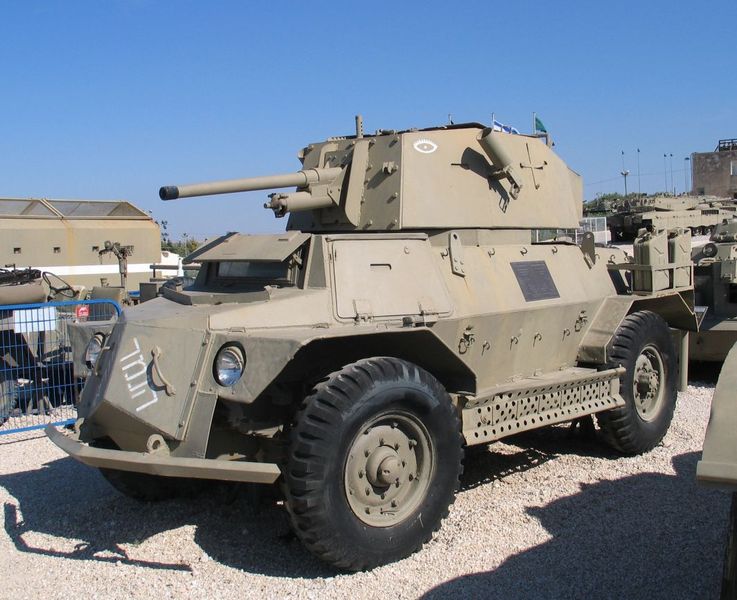
Israeli Marmon-Herrington IV ha-Namer ha-Norai (The Terrible Tiger) at the Yad-la-Shiron (Latrun) museum.
The fighting compartment provided enough room for the commander and gunner. The three-faceted, two-man turret was open-topped, with a semicircular opening specifically suited for the African theatre of operations. The gun used an artillery mounting, instead of a heavy mantlet, and was located centreline, provided with some elevation. It was shoulder-elevated. On the late type F models, it was coupled with a coaxial Browning 0.3 in (7.62 mm) machine-gun with 3500 cartridges. There were also two side slits in the front sides of the turret and two mushroom-type ventilation caps. A second machine-gun could be installed on an AA mount, located on the right side of the front roof section. A storage basket was installed at the rear, and the turret could receive smoke projectors. There was a fixed searchlight on the right side of the turret. A Wireless N°19 Radio was installed at the rear, with two whip antennas. Due to the inability of Marmon-Herrington to supply drivetrains in sufficient numbers, the F version used a Canadian Ford drive train. The rear-mounted Ford V8 engine and transmission were bolted directly to the welded hull. Although much heavier and longer than previous vehicles, this model was still fast on a flat, up to 85 km/h (53 mph).
Production and evolution
Production was homogeneous throughout the first series, of which 936 were built, but 626 were only MG-armed. However, starting with the type F (1180 built), modifications included a coaxial 0.3 in (7.62 mm) machine-gun and, more importantly, a Canadian Ford F60L four wheel drive 3 ton truck as a basis. The Marmon-Herrington Mk.IV reverted to a front-wheel drive only. An order for 1200 vehicles accompanied the changes. Later versions were designed, but never passed the prototype stage. In May 1943, the North African Campaign was over and, in Sicily and Italy, the mountainous terrain no longer suited armored cars. Also, the US supplied vast amounts of such vehicles. In total, 5,746 Marmon-Herrington Armoured Cars were built during the war, a significant contribution to the Allied effort.Operational history
Apart from the South African units, the Mark IVs were employed by British, Indian, New Zealand, Greek, Free French, Polish, Dutch and Belgian forces. After World War II, a few were given to the Transjordanians and saw combat with the Arab Legion in the 1948 Arab-Israeli War. Many had their turret lengthened at the front in order to house a 6 pounder (57 mm/2.24 in) gun. Some even had the turret completely removed, making room for the installation of a Vickers 2.95" (75 mm) mountain howitzer in its place. Israel obtained Mk.IVs from unofficial sources, while the Syrians directly purchased some IVFs. Some Mk.IVFs saw combat as late as July–August 1974 (Turkish invasion of Cyprus), with the Cypriot National Guard. The Greek army retained some Mark IVs in the Aegean Islands well into the 1990s, in mechanized infantry battalions and ultimately phased out and replaced them with VBL AFVs.Links and resources about the Marmon-Herrington IV
The Marmon-Herrington on Wikipedia A blog about Marmon-Herrington vehiclesThe Marmon-Herrington Mk.4 on War WheelsMarmon Herrington Mk.4 specifications | |
| Dimensions (L-W-H) | 5.52 x 2.13 x 2.79 m (217.5 x 84 x 90 in) |
| Weight empty/loaded | 6.311 tons (13,900 lbs) |
| Armament | QF 2-pdr (40 mm/1.575 in), 37 rounds 1/2 x cal.30 Browning (0.76 mm), 3500 rounds |
| Armor | Sides 6 mm, front 12 mm (0.24 -0.47 in) |
| Crew | 3 (driver, commander, gunner) |
| Propulsion | Ford V8 liquid-cooled gasoline, 85 bhp |
| Transmission | Manual 4/1 w/2 spd-tmsf |
| Suspension | 4x4 independent leaf springs, front axle steering |
| Maximum speed | 84 km/h (52 mph) |
| Range | 579 km (360 mi) |
| Total production | 2116 (1180 Mk.IVF) |
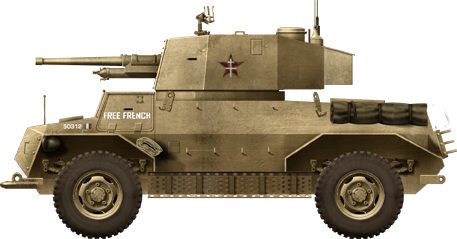
Free French Forces Mark IV in Italy, 1944 (now at the Saumur tank museum).
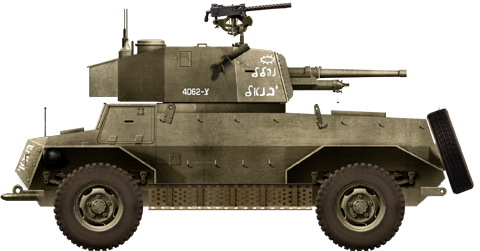
Israeli Mk.IVF "Terrible Tiger", now exposed at the Latrun tank museum.
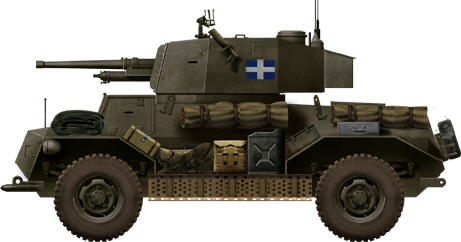
Postwar Greek Mk.IVF.
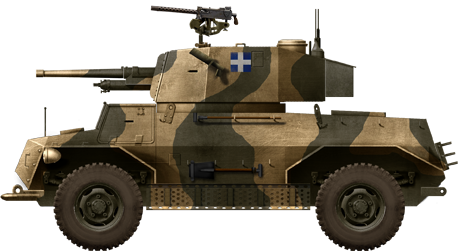
Camouflaged Greek Mk.IVF in the 1970s.
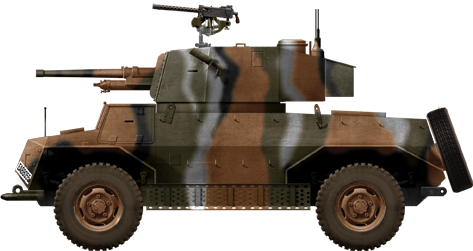
Greek Mk.IVF, Aegean islands, 1990.
Gallery
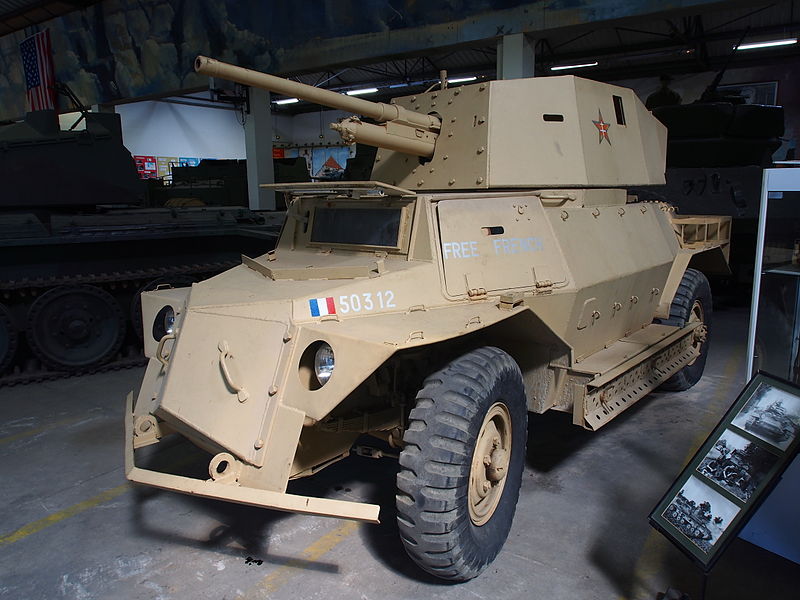
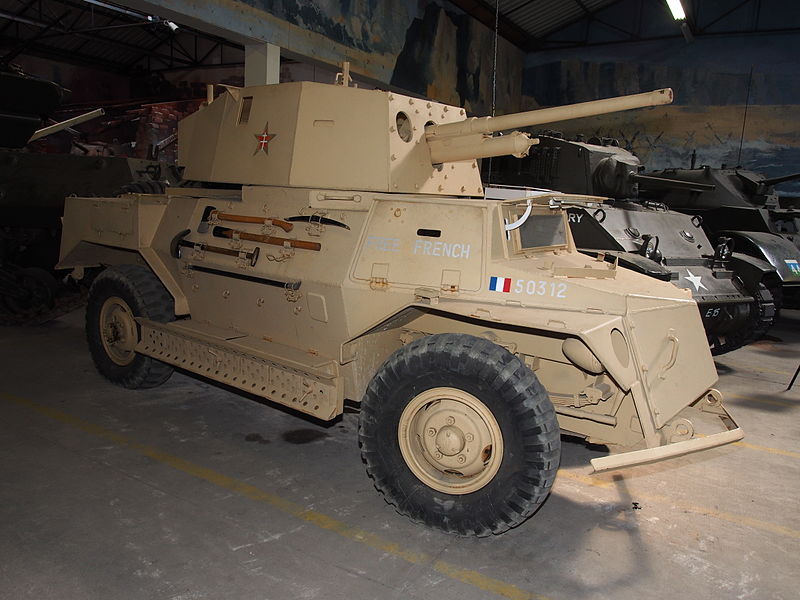
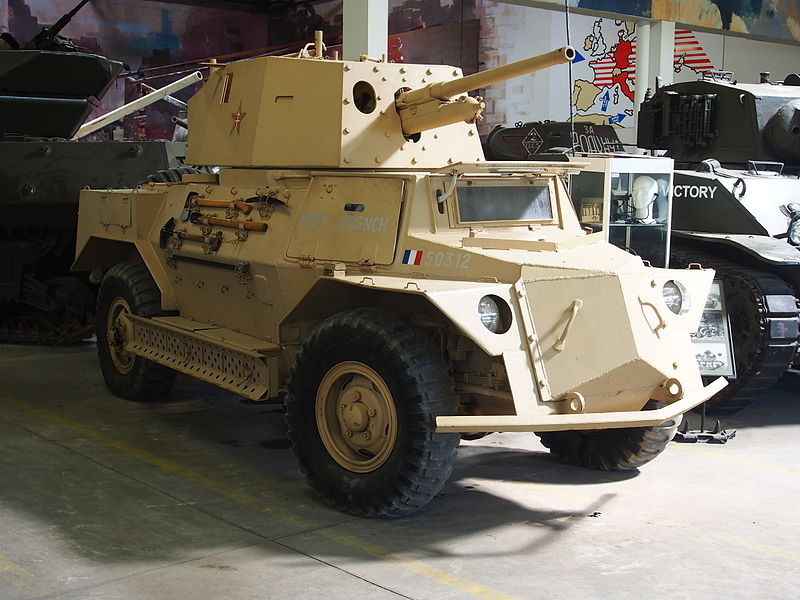
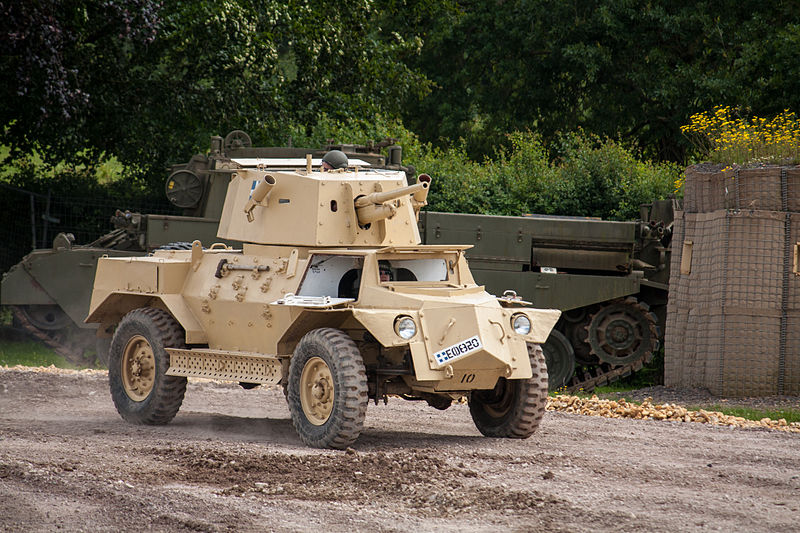
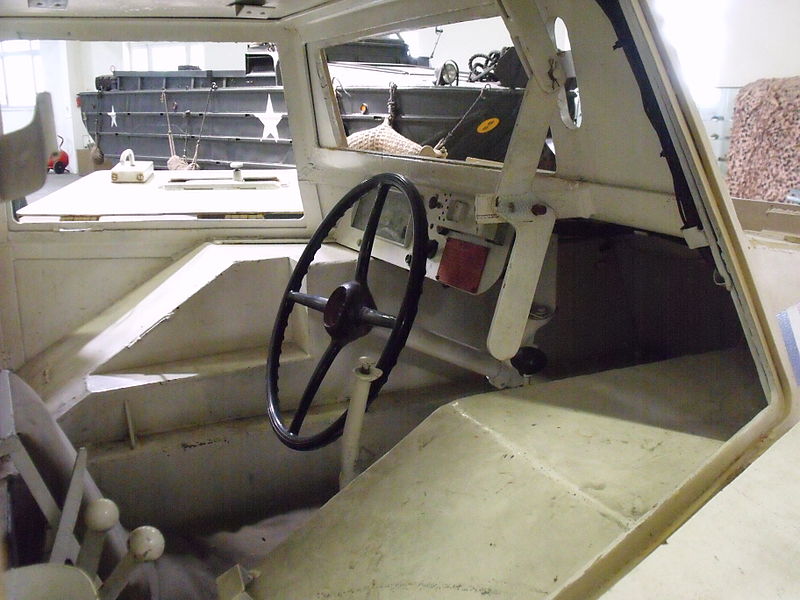
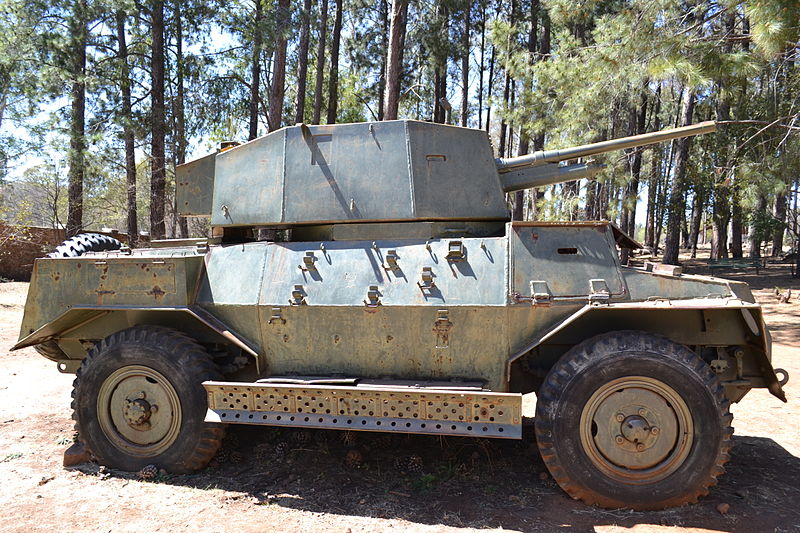
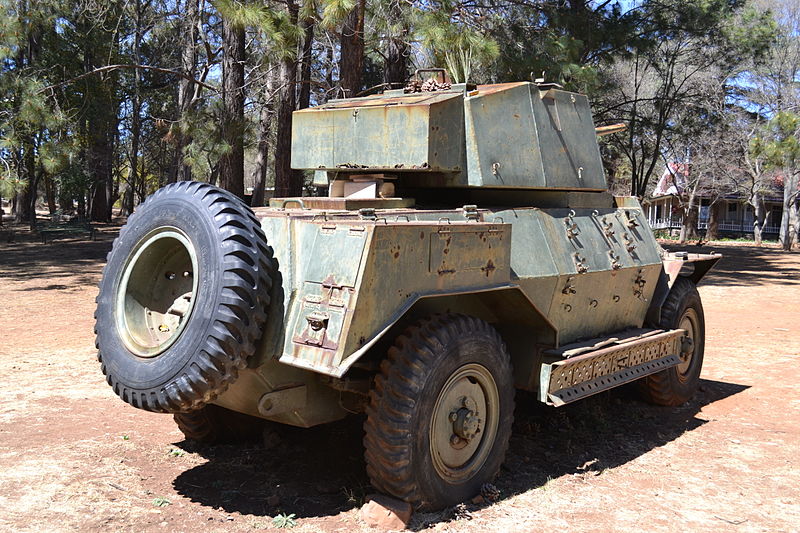
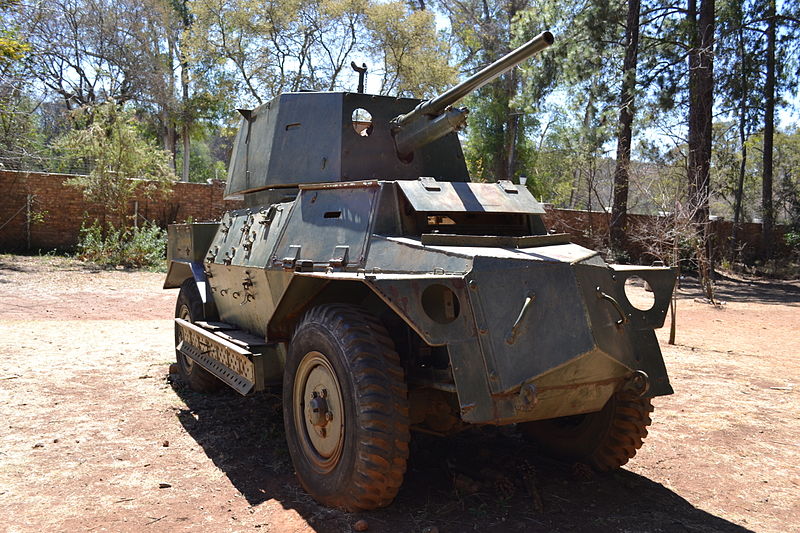
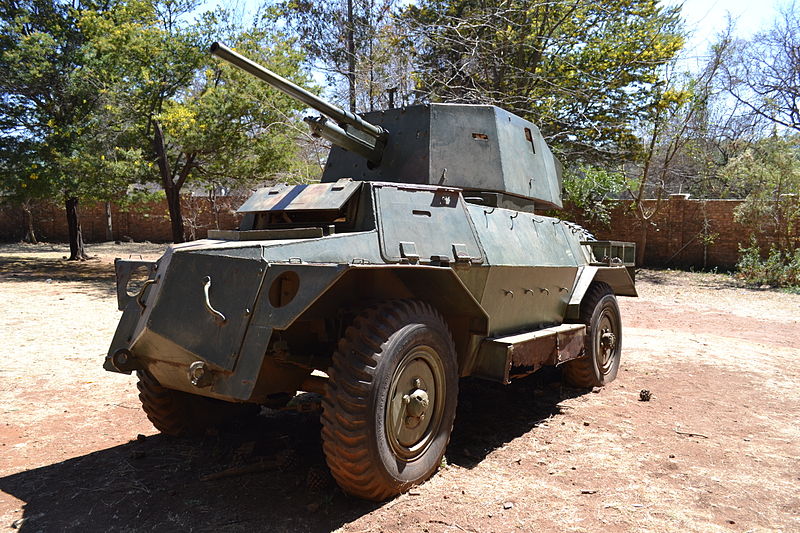

WW2 Tanks




























WW2 tanks posters

All Tiger tanks liveries.

Panther liveries and variants

WW2 Armour - All tanks











Tanks aces and single tanks series

Find more there

Museums, Movies, Books & Games
The Tanks and Armor in pop culture
Tanks and armored vehicles in general are only really grasped when seen first person: The mass, the scale, it's all there. Explore also the way tanks were covered in the movie industry, in books and in video games.Movies:
Best tanks movie on warhistoryonline.com
On imdb.com
On bestsimilar.com/
miltours.com
liveabout.com/
watchmojo.com
Video Games:
pcgamesn.com
historyhit.com
levvvel.com
vg247.com/best-tank-games
mmobomb.com/
alienwarearena.com

